The hardness of steel for making hot stamping SKD61
SKD61 steel is a steel grade with a balance between temperature and ductility. Let's learn more about the common hardness of SKD61 hot stamping steel.
SKD61 steel is often used in making hot stamping dies and high temperature resistant components in industry. Through the previous articles, the basic characteristics of SKD61 steel have been known. In this article, we will discuss in more detail the common hardness of SKD61 hot stamping steel.
1. What is SKD61 steel?
SKD61 steel is the symbol of Japanese standard steel grade (JIS - Japan Industrial Standard) which is widely used in hot and cold industries, but SKD61 is preferred in hot industry (usually used as a mold). hot stamping).
Typical hardness of steel for making hot stamping SKD61
2. Basic characteristics of SKD61 steel
SKD61 steel has the following basic characteristics:
- High abrasion resistance because. SKD61 steel structure contains Molybdenum (Molybdenum).
- Balance the temperature and ductility. Unlike conventional steels, this ability gives SKD61 a great advantage in high temperature environments.
- When heat treated, SKD61 has a hardness of about 50 HRC - 55 HRC (Rockwell C Hardness - a measure of hardness in the metallurgical industry). If I was too tall, it would make the steel brittle and brittle.
- Machining well less deformation when heat treatment. Chromium has the effect of improving the anti-ram and high temperature durability because it creates fine small carbides when the ram is secreted at temperatures above 2500 degrees Celsius, so it has anti-ram resistance to temperatures of 2500 degrees C ÷ 3000 degrees C.
3. Normal hardness of steel for making hot stamping molds SKD61
SKD61 steel has a low carbon content (0.39%) and the inherent hardness of steel is 15 HRC - 21 HRC. At this level of hardness, it can be easily machined to form molds or parts that need good hardness and heat resistance such as: Pressure casting molds, push cores, aluminum pressure molds, pressure molds zinc, ...
Typical hardness after heat treatment is 50 HRC - 55 HRC. Once heat treated, the steel will be very hard and difficult to process. Therefore, the heat treatment requires to be done after steel processing has been completed.
4. Note to achieve proper hardness when heat treatment
Heat treatment of SKD61 steel beyond 55 HRC will make the steel brittle and brittle, if too low, it will not make the steel strong enough to work and reduce the performance of details made from steel. So, how to heat harden suitable for SKD11 steel?
The answer is simple, SKD61 steel needs to be properly heat treated to achieve the desired performance. The most effective method of heat treatment for SKD61 steel is vacuum hardening and nitriding. When introduced into a vacuum annealing furnace, the steel will be hardened from the outside in and then reclaimed Nitrogen so the hardness of the core will gradually decrease. The common hardness required between 50 HRC - 55 HRC enhances the heat resistance and toughness harmoniously together and achieves the highest performance.
Note: If the steel bar is too long, it will warp during heat treatment about 1 zem - 2 zem. We always recommend that customers use the heat treatment service of the steel supplier or talk to the heat treatment unit for the best solution.
Hopefully the above information will solve the problems that readers are having. If you want more detailed advice on the type of industrial steel, readers can contact 0332 91 61 61 or chat online with us.
Sevit is pleased to answer all questions from readers!




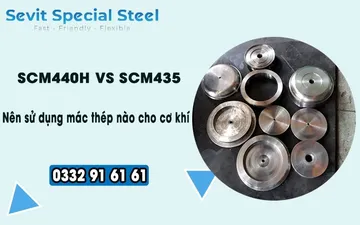

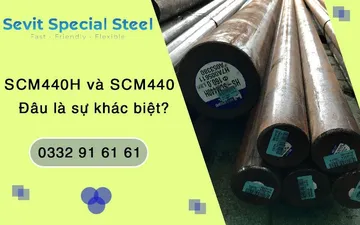
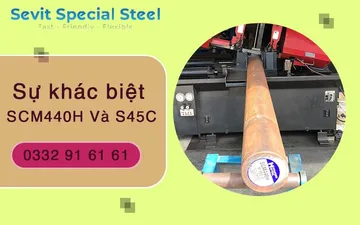
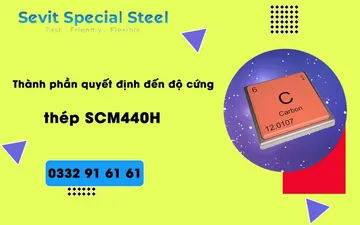
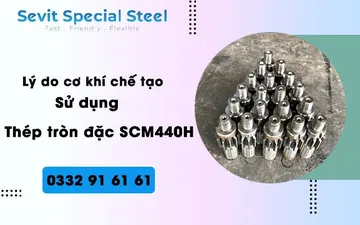

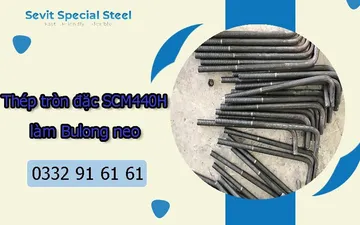
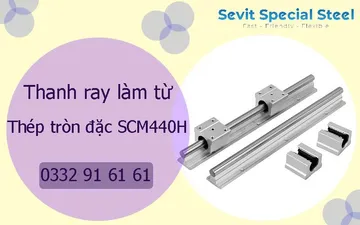
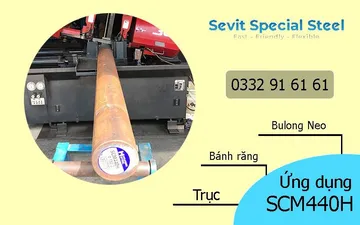
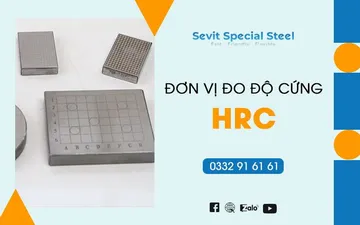
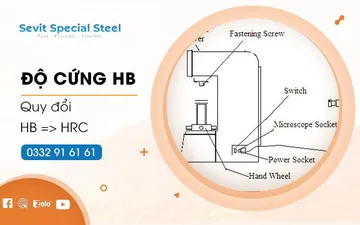
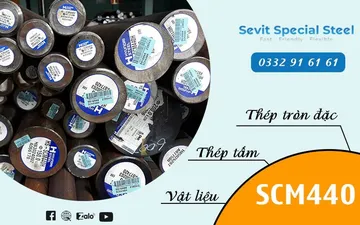
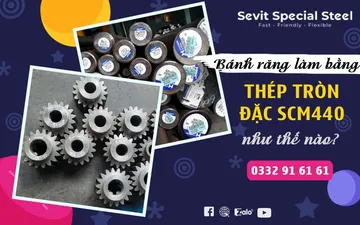






 Online
: 1
Online
: 1 Hits today
: 406
Hits today
: 406 Hits yesterday
: 327
Hits yesterday
: 327 Visits of the month
: 6667
Visits of the month
: 6667 Total access
: 891966
Total access
: 891966
